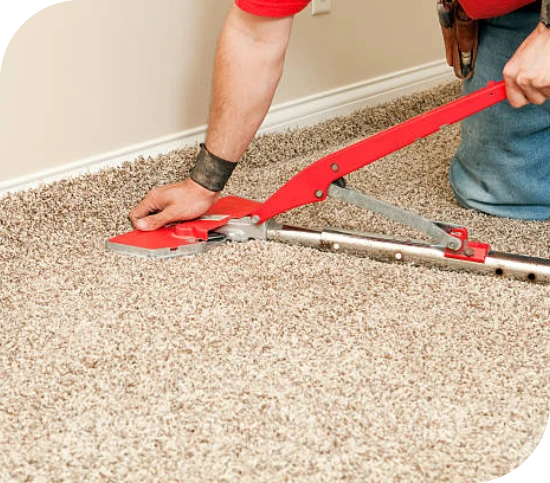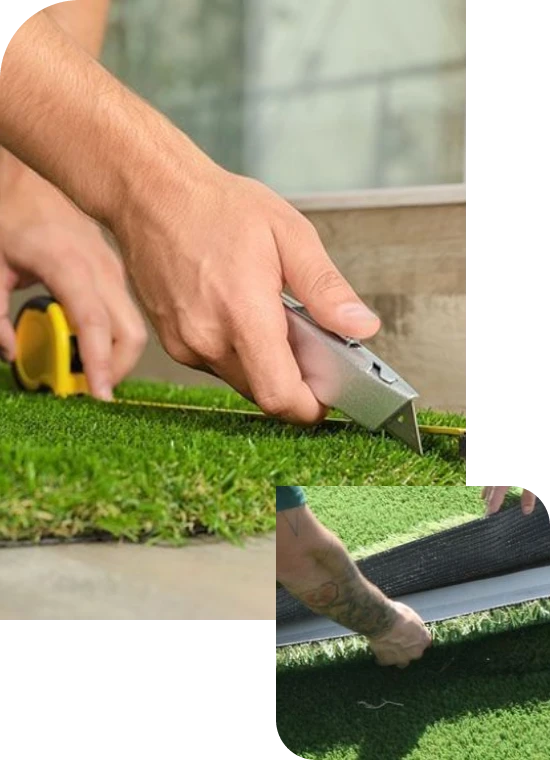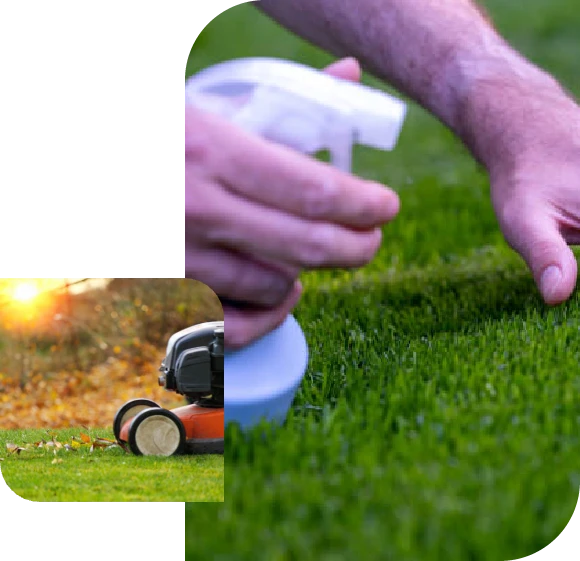DIY Artificial Turf Installation Guide
Tools and Equipment Checklist
Ensure you have the following tools and materials ready before starting:
Turf Layout Tools
Cutting and Bonding Tools
Site Preparation Tools
Installation Steps

Ground Preparation
Prepare the base

Inspect the foundation thoroughly

Ensure the surface is:
- Completely dry - Smooth and level - Properly sloped for drainage - Free from debris and loose materials
Layout Planning

Review your installation drawings carefully

Mark the center line of your installation area

Mark the center line of your installation area
Pre-mark all required lines including: - Field boundaries - Game lines (if applicable) - Seam locations
Turf Installation
Rolling Out the Turf

Allow turf rolls to acclimate for 2-3 hours before installation

Always unroll turf in the same direction to maintain a consistent appearance

Use three people (left, center, right) when unrolling to prevent wrinkles

Trim excess backing material, ensuring width is maintained
Seaming

Position adjacent rolls with proper alignment

Fold back edges approximately 12 inches

Center seaming tape between rolls

Apply adhesive to seaming tape using:
- Even coating - Proper width coverage

Press seams firmly together

Use a rubber mallet to ensure a solid bond
Installing Game Lines and Markings

Cut white turf strips to the specified width

Use 30cm seaming tape for secure installation

Ensure precise measurements and straight lines

Verify all angles meet specification requirements


Finishing Touches
Final Steps

Allow adhesive to cure completely

Power broom or rake the entire surface

Inspect all seams and markings

Clean the installation area thoroughly
Quality Checks

Consistent color across all turf sections

No visible seams or height differences

Proper drainage

Secure bonding at all seams

Straight, accurate game lines
Important Tips for Successful Installation
Temperature Matters
Ensure the weather is above 10°C for proper adhesive bonding.
Safe Blade Disposal
Always dispose of used blades responsibly to avoid accidents.
Quality Assurance
Professional inspection and certification services
Flat Surface
A smooth, compact foundation with adequate drainage is essential.
Consistent Direction
Lay all turf rolls in the same direction to avoid color differences.
Weather Precautions
Avoid installation during rain or when the surface is wet.
FAQ
What are the primary benefits of installing artificial grass?
Yes, but use a low-pressure setting and keep the nozzle at least 12 inches away from the turf to avoid damaging the blades or infill.
What is the typical process for getting artificial grass installed?
The installation process usually starts with an in-home estimate where product samples are shown, and the area is measured, followed by a detailed quote on the spot. Once details are finalized and financing (if necessary) is arranged, the installation is scheduled, often within two weeks. The installation includes site preparation, base material installation (often decomposed granite or crushed limestone), weed barrier placement, securing the turf, and infill . The installation is completed by a crew with specialized equipment. Post-installation, a final walkthrough, warranty information, and other documents are provided.
How much does artificial grass installation typically cost, and what factors influence the price?
The cost of artificial grass installation is typically determined per square foot and encompasses not only the cost of the turf itself but also materials and labor. Materials include the base (decomposed granite or crushed limestone), an industrial-strength weed barrier, galvanized nails or sod staples for securing the turf, and infill to weigh the turf down. Labor costs cover site preparation (removal of existing grass or sod), base compaction, cutting and securing of the turf including intricate curves or patterns, and power brooming in the infill.
What are some of the regulations to consider before installing artificial grass?
Various local regulations affect the installation of artificial turf. Many cities, especially in California, have restrictions on the percentage of landscape area that can be replaced, often around 25% in areas. There may be restrictions against artificial turf on sloped areas or within a certain distance of native oak trees. It’s to consult local city councils and water districts to ensure compliance and to understand if the project qualifies for any rebates.
How do I maintain artificial grass and keep it looking new?
Maintaining artificial grass primarily involves fluffing the blades using a power broom or push broom, rinsing to remove spills or messes, spot cleaning with household cleaner as needed, and removing debris with a blower (being careful not to melt the grass with the heat from the engine) and using a rake or broom and dustpan. Pet waste should be picked up after it dries, and the turf may require occasional deodorizing, particularly in pet areas. Power brooming can be done regularly for best results.
Is artificial grass a good option for pet owners, and what considerations should they have?
Artificial grass is often a fantastic option for pet owners. Products designed for pets have larger gaps in their backing to facilitate drainage of urine and allow for the passage of small debris. It is important to pick up solid waste after it dries. The use of specialized infill materials, like a sand blended with deodorant, helps prevent odors. Some pet owners may prefer to spot-clean the turf more often if their dogs are experiencing diarrhea. Regular rinsing, power brooming, and occasional deodorizing are key maintenance points for pet-friendly grass.
What are the different types of artificial grass, and how do I choose the right one for my needs?
Artificial grass can be made from materials such as polyethylene, which behaves the most like real grass but needs stabilizers to prevent UV degradation. When choosing a type of artificial grass, it’s important to consider its intended use. Options include turf, commercial turf, sports turf, and pet-friendly turf, each designed with specific characteristics in mind. Pile height and density can vary greatly. It’s good to get a quote and samples from a to examine the variety of options before making a purchase. Factors to consider should include the overall look (color), the durability/intended use, and whether it’s being used for pets or other activities.
How long does artificial grass typically last, and what kind of warranty is offered?
Artificial grass typically has a lifespan of around 20 to 25 years with good care. Many installers offer warranties on both the installation and the turf itself. A typical warranty could include 3 years for the installation and 10 years for the turf, and some suppliers are beginning to offer 15 and even 20-year warranties. These warranties are meant to cover potential defects in material or workmanship. It’s important to understand the specific warranty terms offered before committing to a project.





